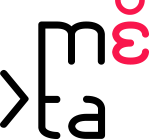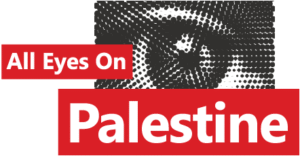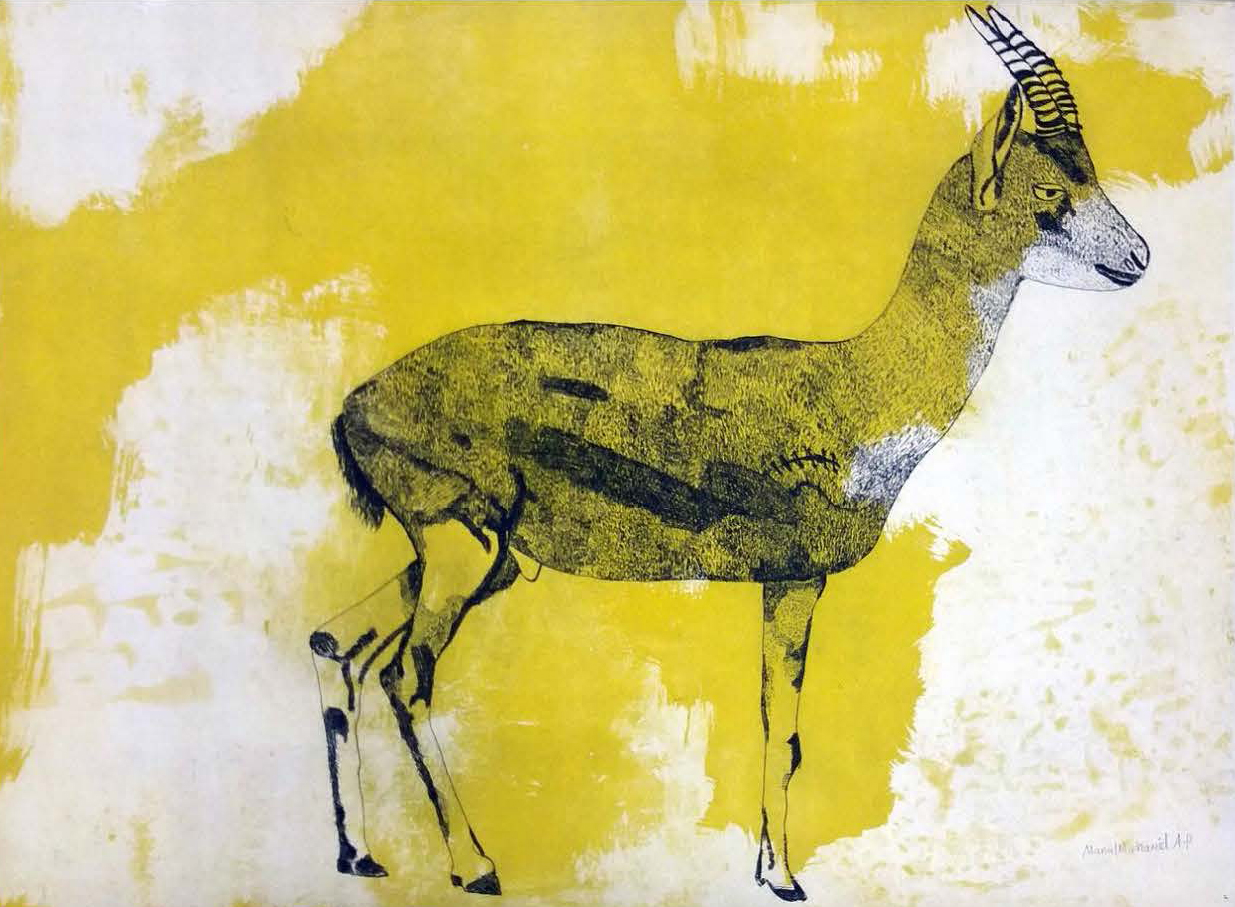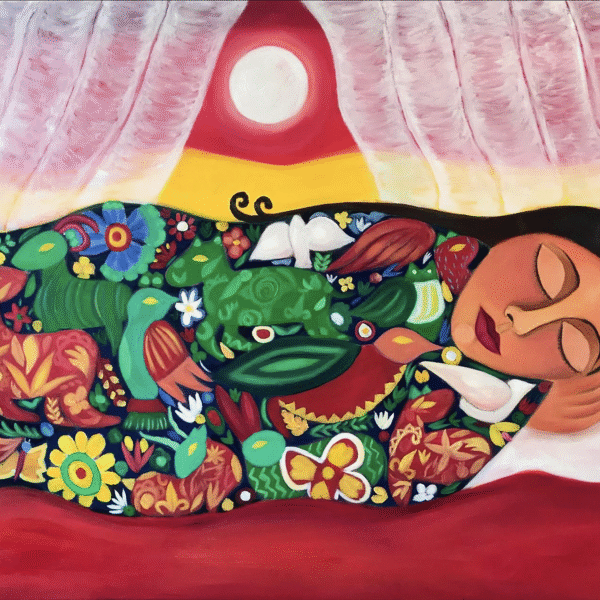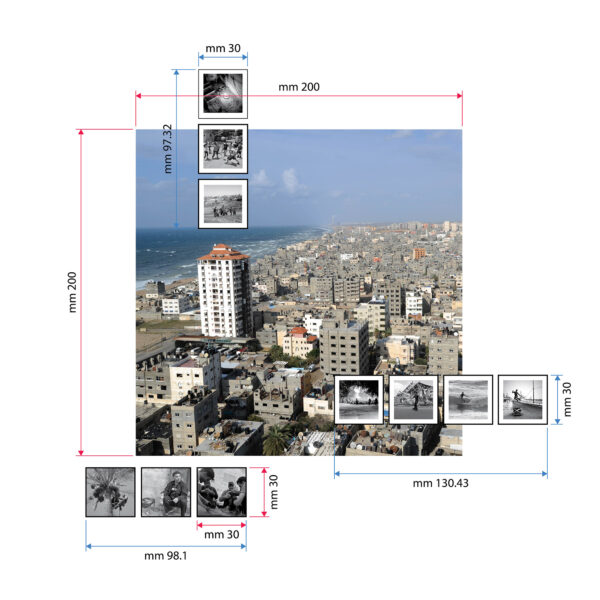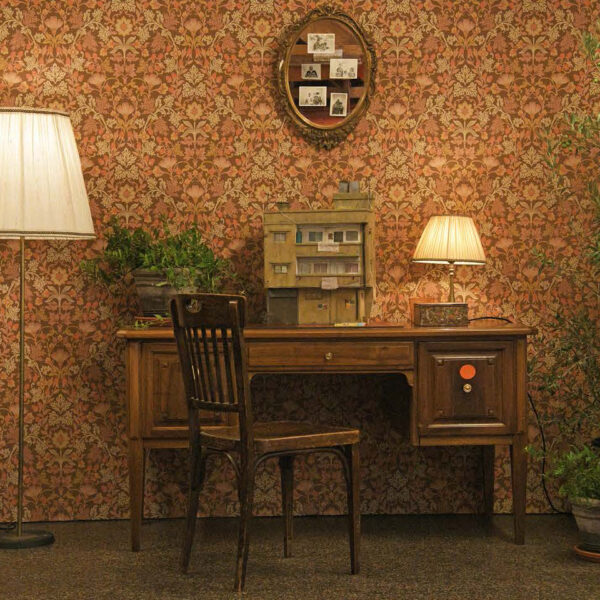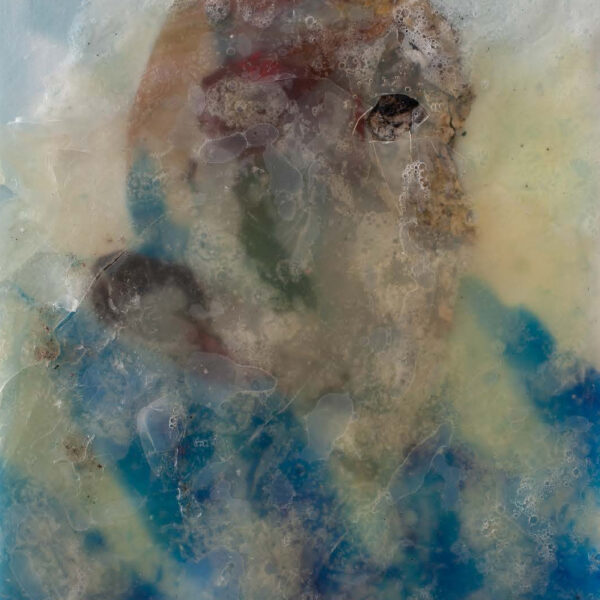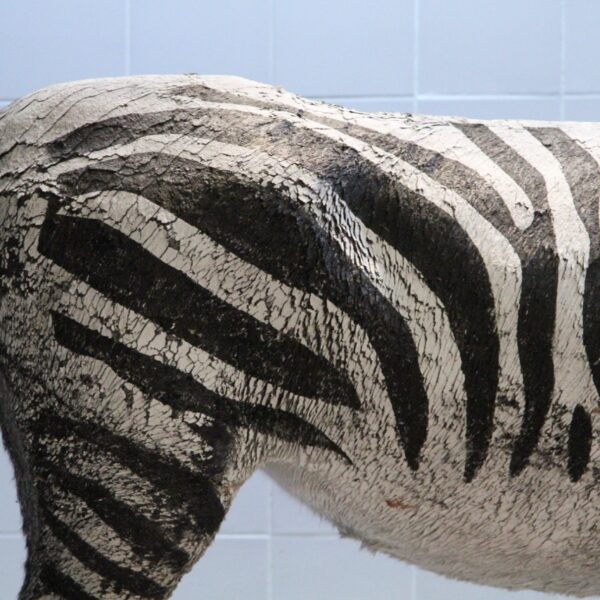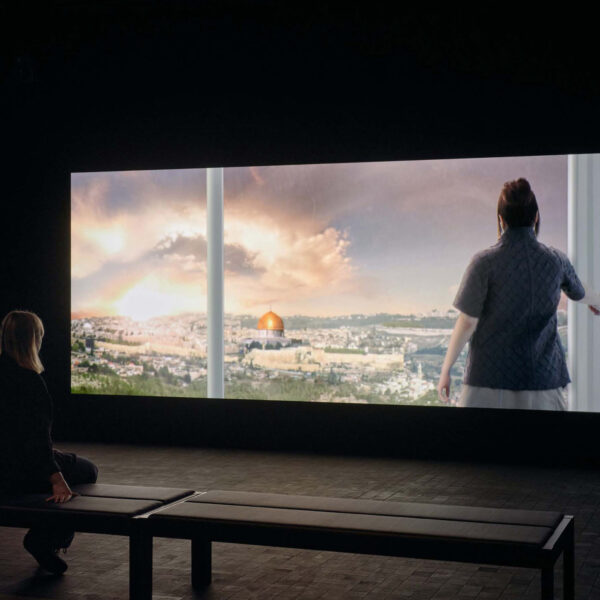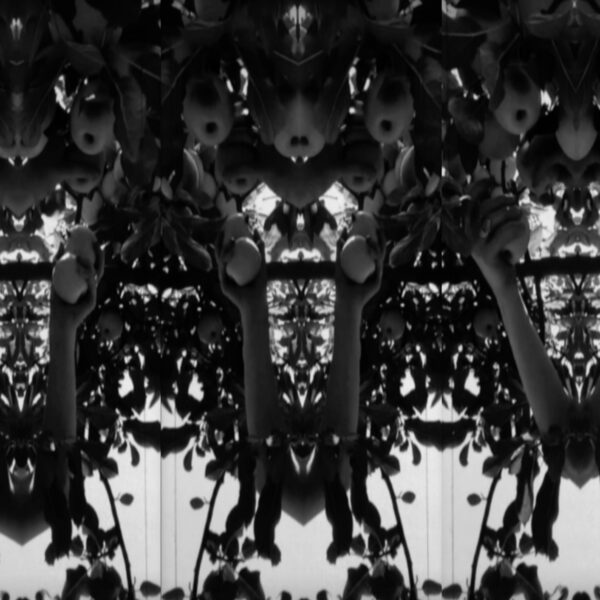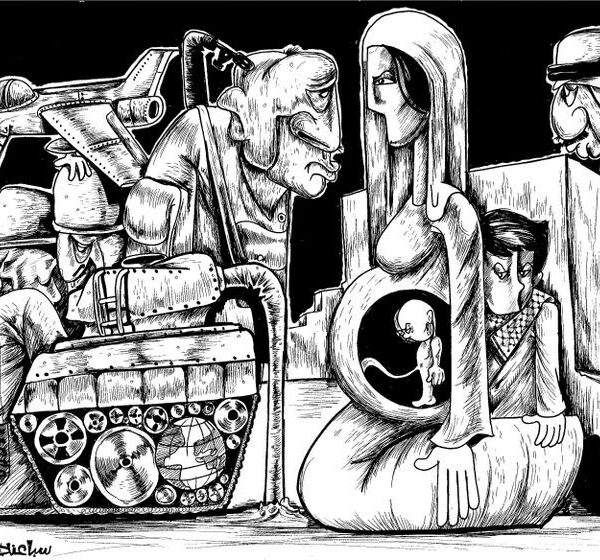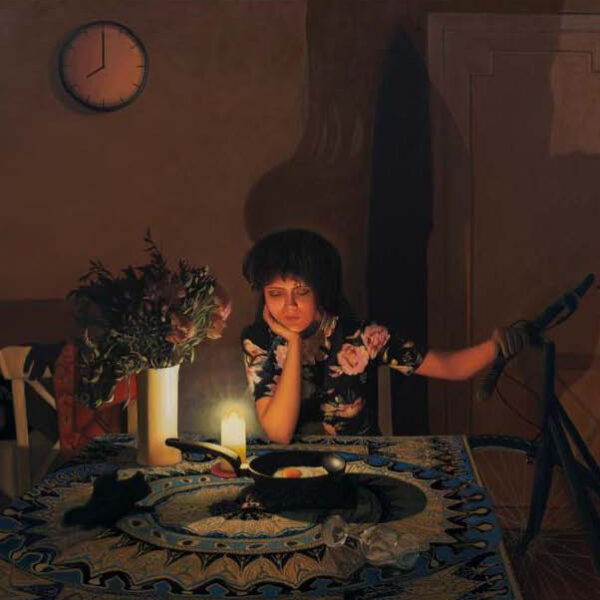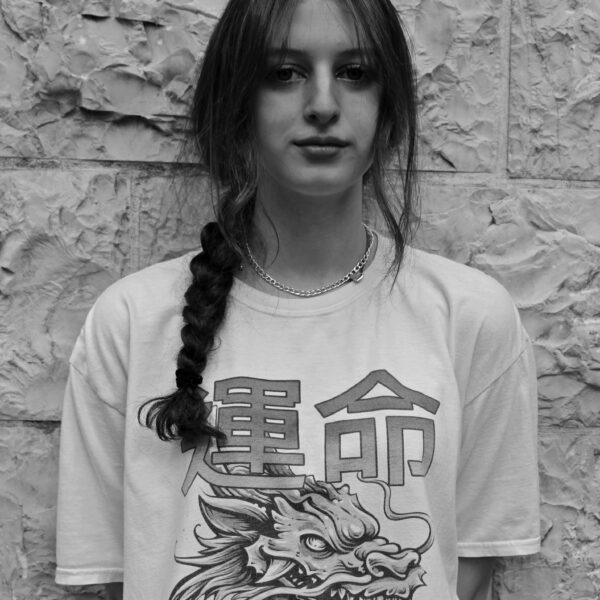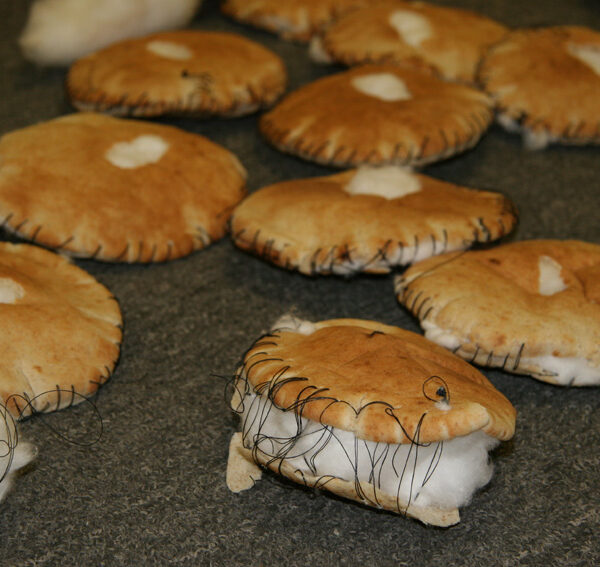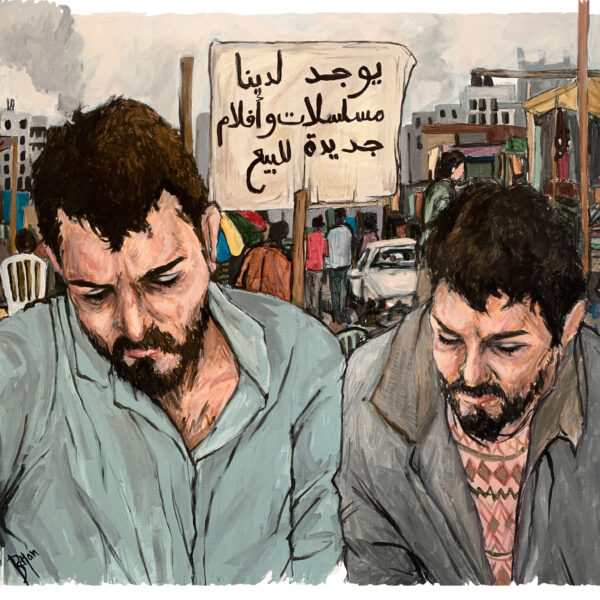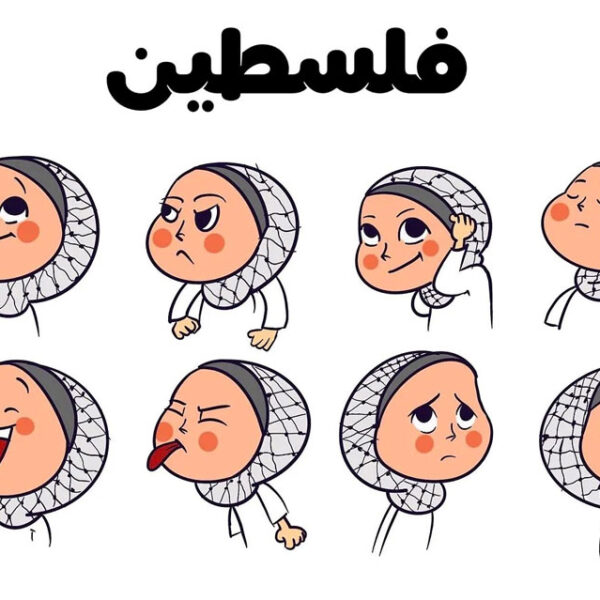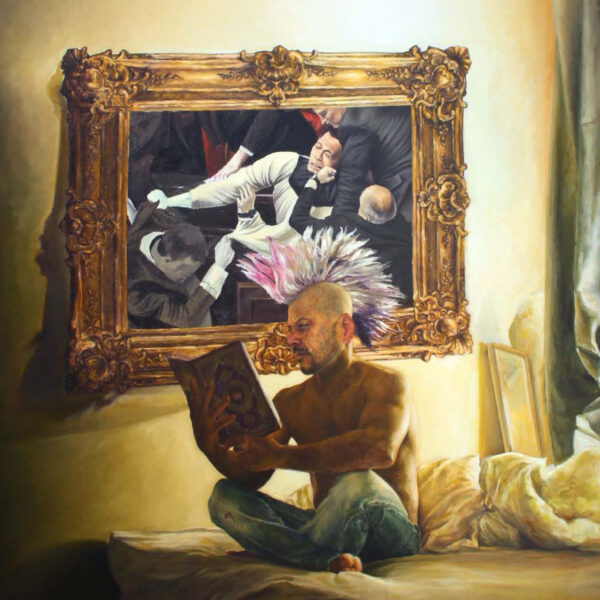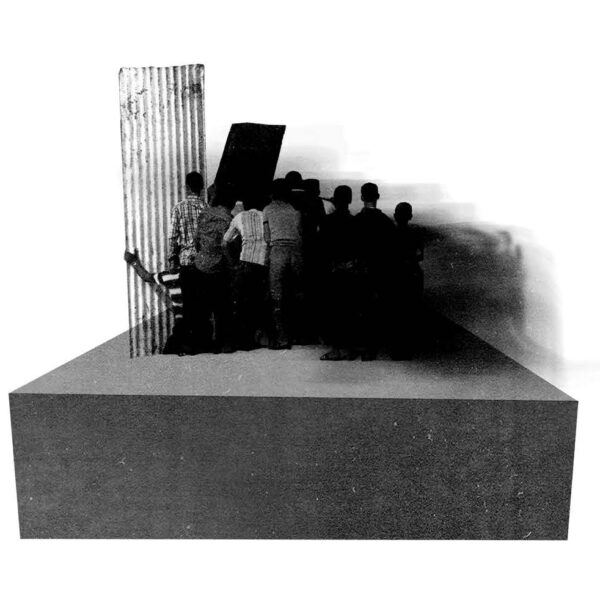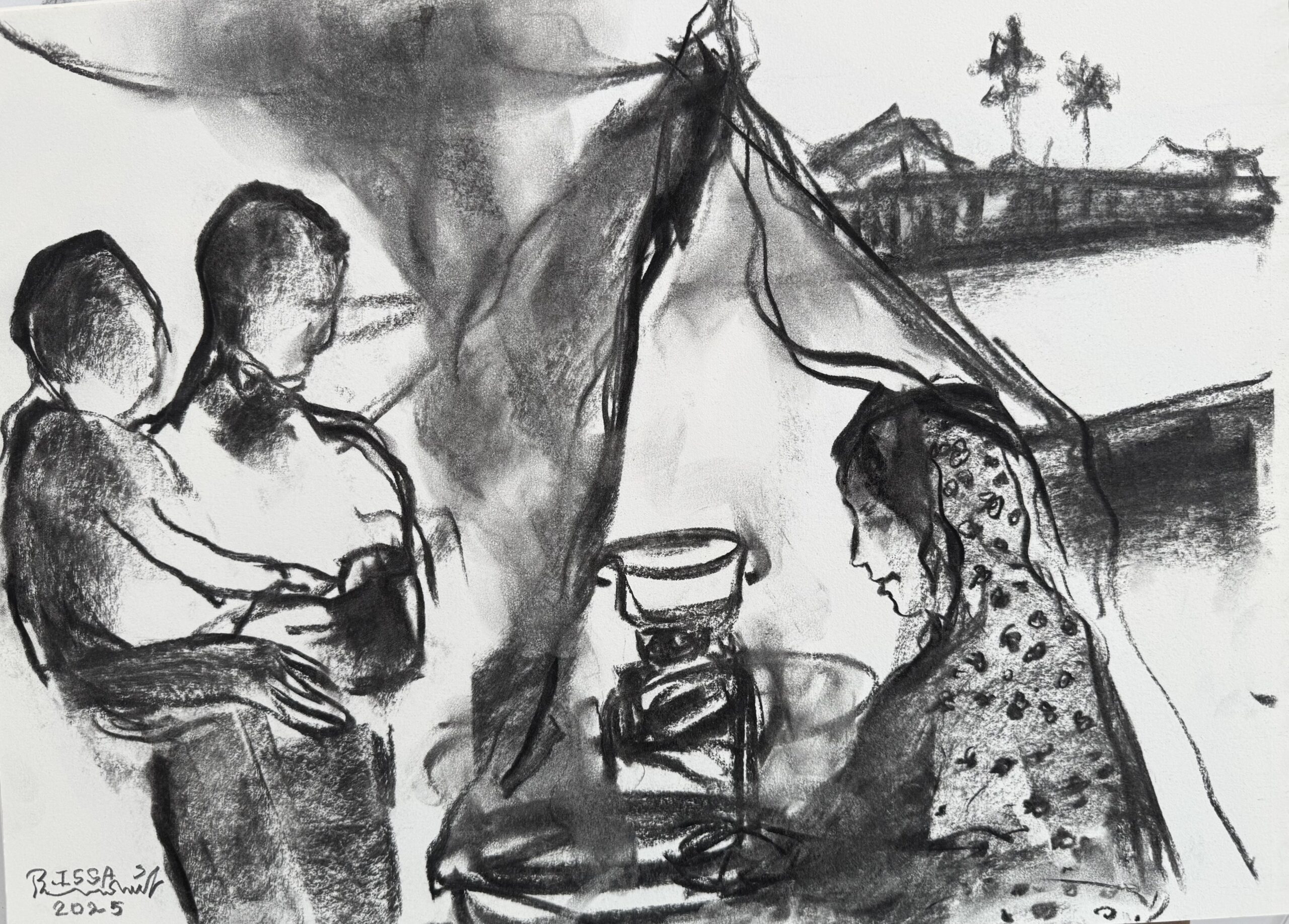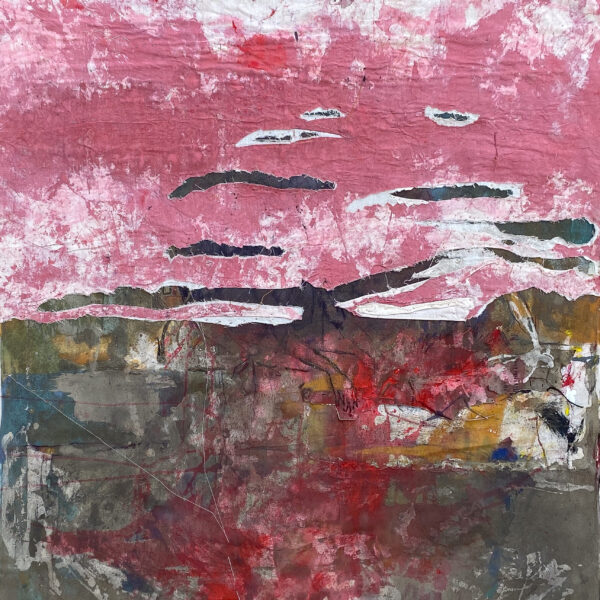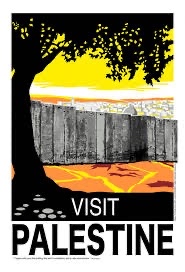Manal Mahamid
Marked Horizons
She is an artist born in the village of Muawiya, near Umm El-Fahem, in Palestine. Since 1996, her work has been featured in over 60 group exhibitions, including shows in London and New York. In 2007, she received the Riwaq Biennale Resident Artist award from the Delfina Foundation and was selected as a finalist for the A.M. Qattan Young Artist Award in 2005. Her multimedia works focus on Palestinian existence and identity.
Born in 1976 in the village of Muawiya (Umm El-Fahem), Manal Mahamid is a Palestinian multidisciplinary artist who uses video, installation, painting, sculpture, and photography to explore the tensions between Palestinian identity, landscape, and colonial narratives. Since 1996, she has participated in over 60 group exhibitions—in London, New York, Toronto, and Ramallah—and has received prestigious accolades including the Riwaq Biennale Resident Artist Award (Delfina Foundation, 2007) and selection for the A.M. Qattan Foundation’s Young Artist Award in 2005.
Her artistic practice is fueled by research into collective memory and the transformation of Palestine’s landscapes, particularly through the project The Palestinian Gazelle, which symbolically represents the condition of Palestinians within the colonial and occupier system. The gazelle, often renamed the Israeli Gazelle in Israeli zoos, is portrayed with an amputated leg—a powerful metaphor for the mutilation of identity and territorial continuity.
These works embody her conviction that art is not mere aesthetics, but a political commitment, a way to restore dignity to the Palestinian narrative, both through ironic subtlety and the visual force of form. Through the metamorphosis of the animal from a silent victim to a symbol of resistance, Mahamid deconstructs colonial narratives to regenerate stories of belonging.
In her work Monument, Anti-monument, part of the exhibition Instant Modernism (Qattan Foundation, Ramallah, 2023), Mahamid challenges the idea of the monument as a tool of colonial power, proposing a model that rejects heroic canonization and instead aims for a grassroots reappropriation of memory. Her art interrogates the relationship between human and environmental identity, between trauma and rebirth, transforming everyday objects like seeds and dust into narrative devices that speak of colonial erosion and identitarian tenacity. Daily life and the political dimension coexist in the minimal elements: natural habitat, flora, animals, wounded earth.
@ Elettra Stamboulis
See more https://www.manalmahamid.com/
Works
Artists
